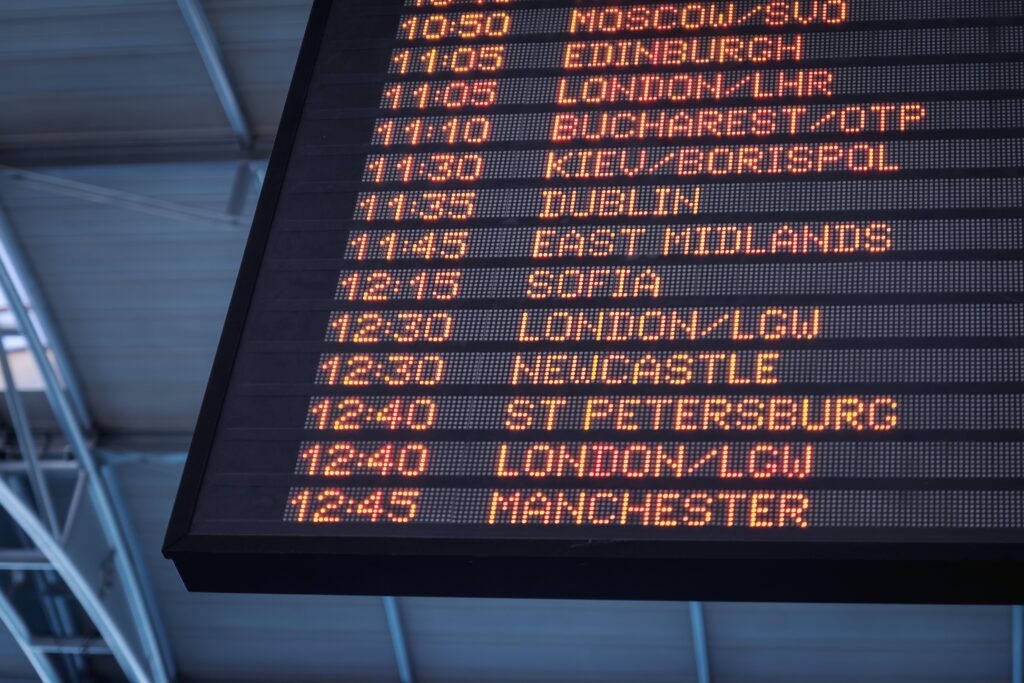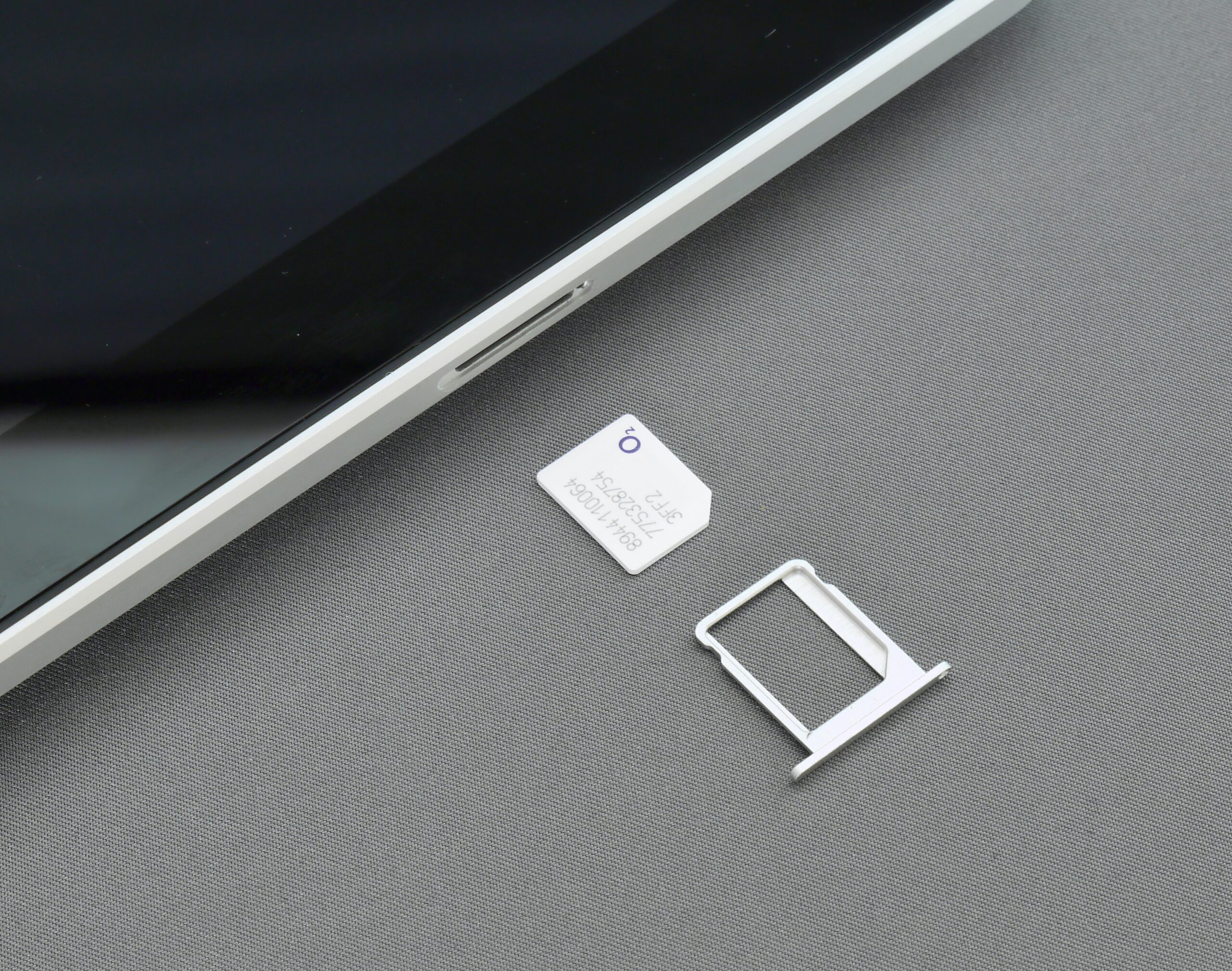Togo Transportation Guide
Togo Transportation Guide: Transportation includes shared taxis, buses, and motorcycles. Roads connect major cities, providing access to diverse landscapes and cultural sites.


Togo Transportation Guide – International Airports
Togo has two major international airports that serve as important gateways to the country. These airports provide international and domestic flights, connecting Togo to various destinations around the world. The two international airports in Togo are:
Lomé-Tokoin International Airport (LFW): Lomé-Tokoin International Airport, also known as Gnassingbé Eyadéma International Airport, is located in the capital city of Lomé. It is the largest and busiest airport in Togo and serves as the primary international gateway to the country. LFW offers flights to several international destinations in Africa and Europe, including cities like Paris, Brussels, Istanbul, Accra, Abidjan, and more. It also handles domestic flights within Togo.
Niamtougou International Airport (LRL): Niamtougou International Airport is situated in the town of Niamtougou, approximately 15 kilometers from the city of Kara in northern Togo. While it primarily serves domestic flights within Togo, it also has the potential to handle international flights to neighboring countries in the future.
National Airports
In addition to the major international airports, Togo also has several national airports and airstrips that serve domestic flights within the country. These airports play a crucial role in connecting different regions of Togo. Some of the national airports and airstrips in Togo include:
Kara Airport (KAA): Kara Airport is located in the city of Kara in northern Togo. It serves as a domestic airport, connecting northern regions with the capital city of Lomé and other parts of the country.
Sansanné-Mango Airport: This airport is situated in Mango, a town in northern Togo. It provides domestic flights within the northern region.
Dapaong Airport (DAP): Dapaong Airport serves the town of Dapaong, located in the northern part of Togo. It is primarily used for domestic flights.
Atakpamé Airport: Atakpamé Airport is located in the town of Atakpamé in the Plateaux Region of Togo. It serves domestic routes within the region.
Niamtougou Airport (LRL): While Niamtougou International Airport primarily handles domestic flights, it also has the potential to serve as a national airport for flights within Togo.
Togo Transportation Guide – Trains
Togo does not have an extensive passenger train network. The country’s railway infrastructure is limited, and train services are not widely used for passenger transportation. However, there have been discussions and plans to develop and modernize the railway system in Togo, including the potential introduction of passenger train services in the future.
Togo’s existing railway network primarily focuses on freight transportation, particularly the transport of goods and minerals. The railway system connects Togo to neighboring countries and provides a vital transportation link for the movement of cargo.


Togo Transportation Guide – Buses
Buses and minibuses are commonly used for both urban and intercity transportation in Togo. They play a significant role in providing affordable and accessible transportation for Togolese residents and travelers. Here are some key points about buses in Togo:
Urban Buses: In major cities like Lomé, the capital city, and other urban centers, there are public bus systems that serve various routes within the city. These buses are often operated by different companies or cooperatives.
Minibuses: Minibuses, also known as “bush taxis” or “car rapides,” are a common mode of transportation for short-distance travel within cities and towns. They follow set routes and pick up and drop off passengers along the way. Minibuses are often shared among passengers.
Intercity Buses: Intercity buses connect different cities and regions of Togo, providing an essential means of transportation for travelers moving between towns and cities. Several bus companies operate intercity routes.
Ticketing: For urban and intercity buses, passengers typically purchase tickets directly from the bus conductor or driver. Minibuses may have a fixed fare, while larger intercity buses may have different pricing based on the distance traveled.
Travel Times: Travel times between cities and regions by bus can vary depending on distance and road conditions. Some routes may be more comfortable and faster than others.
Bus Stations: Major cities and towns have bus stations (gares routières) where passengers can board intercity buses. These stations serve as transportation hubs, and ticket offices are typically located there.
Flexible Schedules: Bus schedules can be flexible in Togo, with buses departing when they are full or according to their own schedules. Passengers may need to be patient, especially when using minibuses.
Links of interest
Airlines:
ASKY Airlines Official Website
Ethiopian Airlines Official Website
Air France Official Website


We recommend
Togo travel tips
Our guide offers essential Togo travel tips and insights for an unforgettable journey. Plan your trip with us!
Togo Transportation Guide – SIM Cards
Togo SIM Cards for Travelers Guide:
Purchase Locations: Buy SIM cards at airports, official stores, or authorized dealers in urban areas for convenience.
Device Compatibility: Ensure your phone is unlocked and compatible with the GSM network, which is widely used in Togo.
Registration Process: Register the SIM card with your passport or ID, following local regulations. This is a standard requirement in many countries.
Top-Up Options: Recharge your SIM card with prepaid credit, available at local stores, kiosks, or through mobile money services.
Data Plans: Explore data packages offered by providers to stay connected. Choose plans based on your data needs and duration of stay.
Coverage Considerations: Check the coverage maps of providers, especially if you plan to travel to remote areas. Different providers may have varying strengths.
Mobile Money Services: Familiarize yourself with mobile money services offered by providers. It’s a convenient way for transactions and payments.
Emergency Services: Save local emergency numbers and service hotlines in your contacts for quick access when needed.
Dual SIM Phones: Consider using a dual SIM phone to keep your home SIM active while using a local SIM for calls and data.
Keep ID Handy: Carry a copy of your passport or ID, as you may need it for SIM card registration or other official purposes.
Stay Informed: Stay updated on local regulations and any changes in the telecommunications landscape during your stay.
By following these steps, you’ll ensure a smooth and connected experience while exploring the diverse landscapes and vibrant culture of Togo.
Currency Converter
Currency Converter EUR/USD: Mon, 2 Jun.
Unit Converter
Togo Transportation Guide – Maps
What map do you need?
Choose your destination
More information about this country







